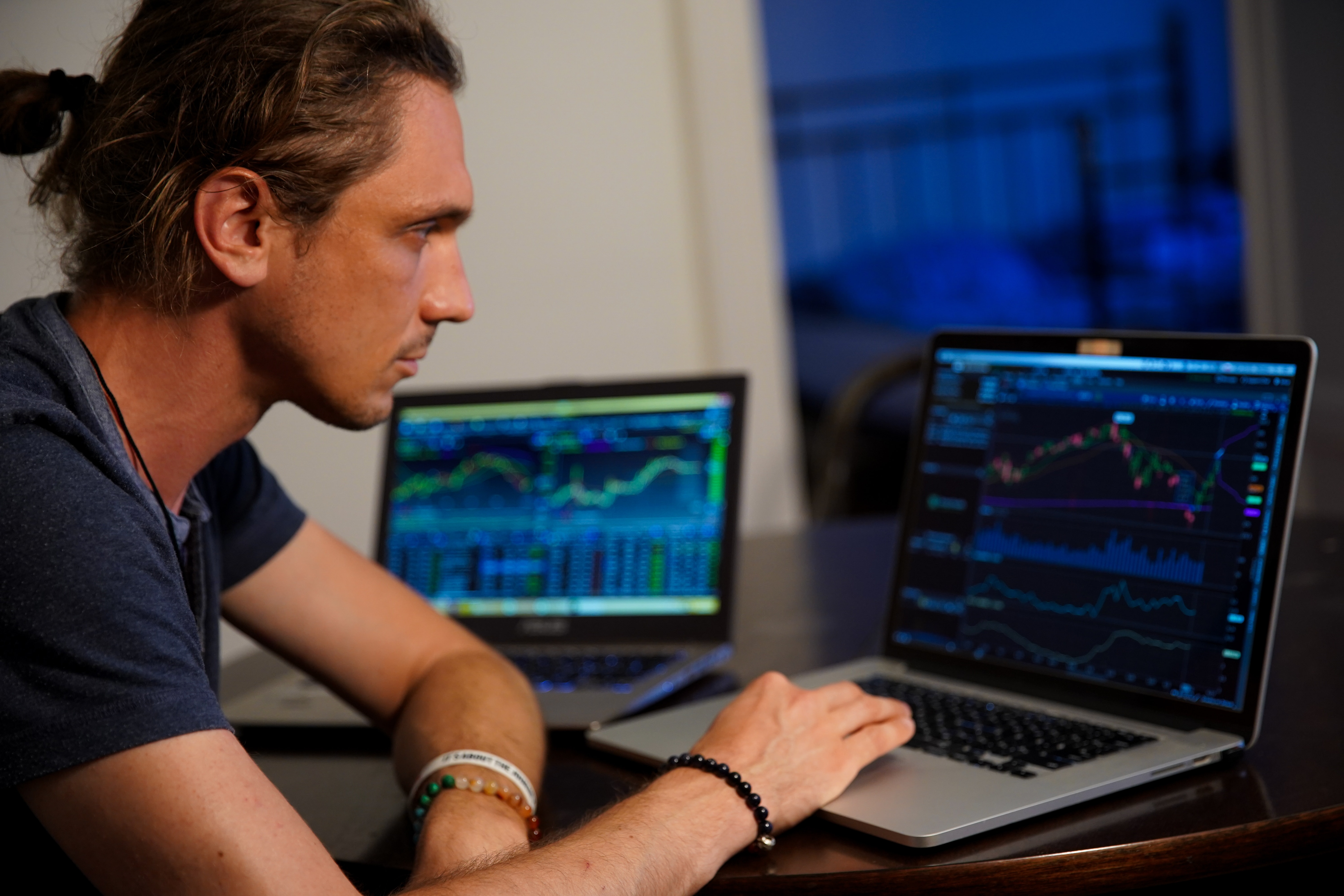What exactly is active trading, and why should I care?
It’s a term that gets tossed around so effortlessly. What precisely does it mean to be an active trader? We’ll explore the definition of active trading and more in this blog.
Active trading and trading styles
Active trading focuses on generating profits from price action by speculating on short-term trends. The phrase “short-term” is a relative measure of time. Some trading styles go minute to minute while others go back weeks or months. Short-term is defined here to mean for any duration of time shorter than one year. Trading by definition is a short-term pursuit. When positions are held for a period of longer than one year, the activity would be classified as investing, not trading.
There are five different styles of active trading, from the most short-term in nature to the least.
1. High frequency automated trading (seconds/minutes)
High frequency trading involves the buying and selling of securities over a period of seconds (or possibly even minutes). There is a high turnover of positions and a large amount of orders, both in absolute terms and relative to the number of trades.
High frequency trading is often associated with non-discretionary algorithmic trading, or moving positions strategically as determined by an algorithm. This is usually based upon price action or trading venue inefficiencies.
2. Cash-flow / scalping (minutes)
Scalping is participating in a large amount of trades quickly in order to drive a profit from relatively small movements in price. Trades are put on for a few seconds or minutes.
This style is usually based upon technical analysis and using metrics such as moving averages, RSI and support and resistance levels. With such a frequent trading style, expect to be glued to the screen watching the market intently all day!
3. Day trading (minutes/hours)
Day trading means buying and selling the same security (sometimes very frequently during the same day) and flattening all your positions by the closing bell. Day traders often are looking to take advantage of news-driven price movement and intraday trends. They tend to base their decisions on price movements and Level II data. Just as with scalpers, day traders have their eyeballs glued to the screen all day.
4. Swing trading (days/a week)
Swing trading is similar to day trading. However, the positions are held for longer. Traders may hold positions for days or weeks and then sell them. Swing traders primarily use technical analysis to make their decisions, in addition to event-driven strategies based on earnings announcements, economic catalysts, and upgrades/downgrades by research teams.
Swing traders often “buy the rumor and sell the news.”
5. Position trading (weeks/month)
Position trading is a trend-following trading style. Traders hold their positions for weeks or even months. Position traders may use technical or fundamental analysis to come to their decisions, or a combination of the two.
Position trading gives you more time to make decisions and is less fast-paced than scalping or day trading. Of all these styles, this one shares the most similarity with investing.
Know your trading style
Most newer traders don’t understand that they need to classify themselves (or their trades) in one of these styles. They need to stick to their trading type so that their actions make sense in the long term.
Here’s an example of why it becomes so important to know your trading style. When position traders (one month holds+) get spooked when their stocks drop a few pennies, they need to remember they are position traders and are risking $1 to make $4. Day traders, on the other hand, need tight stops and can’t take drawdowns like position traders do. They risk $0.10 to make $0.40.
In this example, you can see the importance of knowing your trading style in each specific trade. The same unrealized loss would mean entirely different things to a position trader and a day trader, for example. It takes discipline and the ability to follow the system you set up. This must be done in a precise way. Participating in the ups and downs of trading becomes an issue if traders don’t classify properly - and stick to their strategy.
Conclusion
Before engaging in any serious trading, we recommend that traders take some time to figure out their natural tendencies and strengths as a trader and follow the strategy that is best able to capitalize upon them. If you are trying to figure out which trading style would work best for you, please refer to trusted sources of information to help you navigate through the enigma of the markets.

